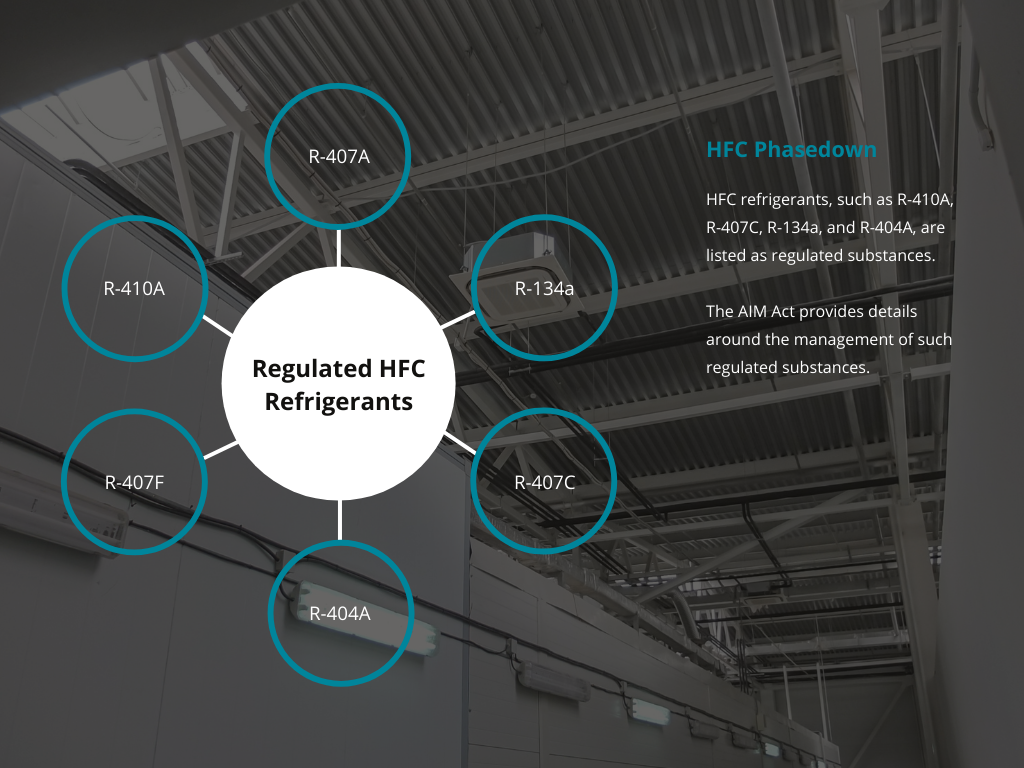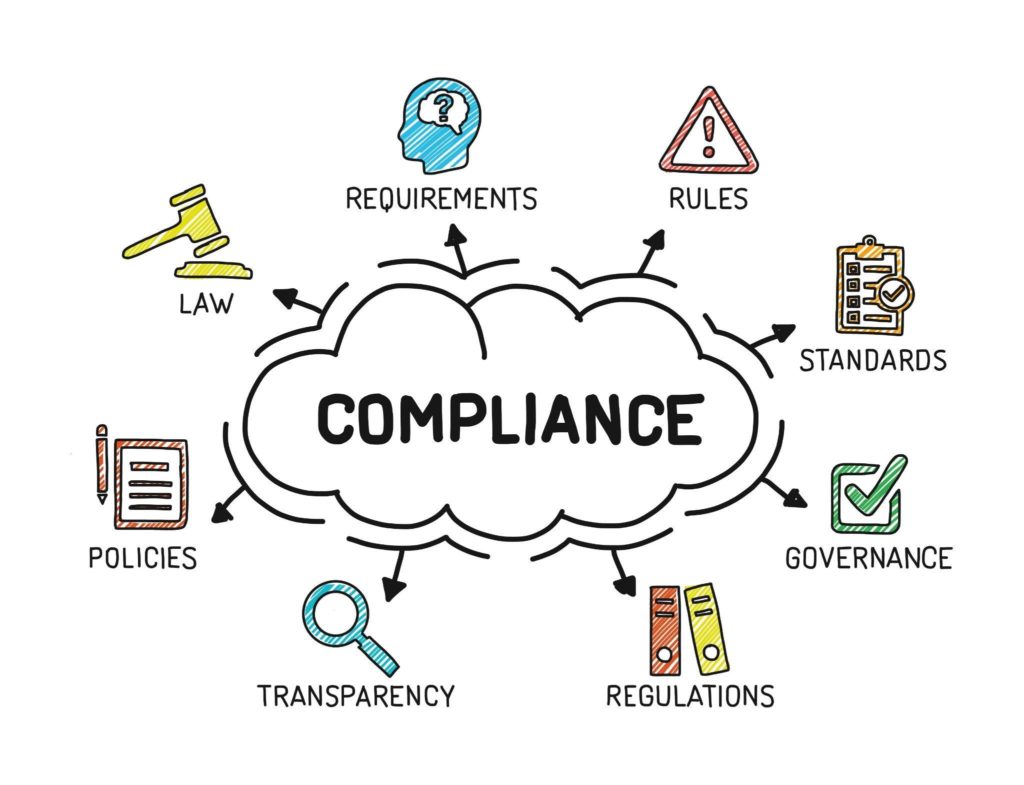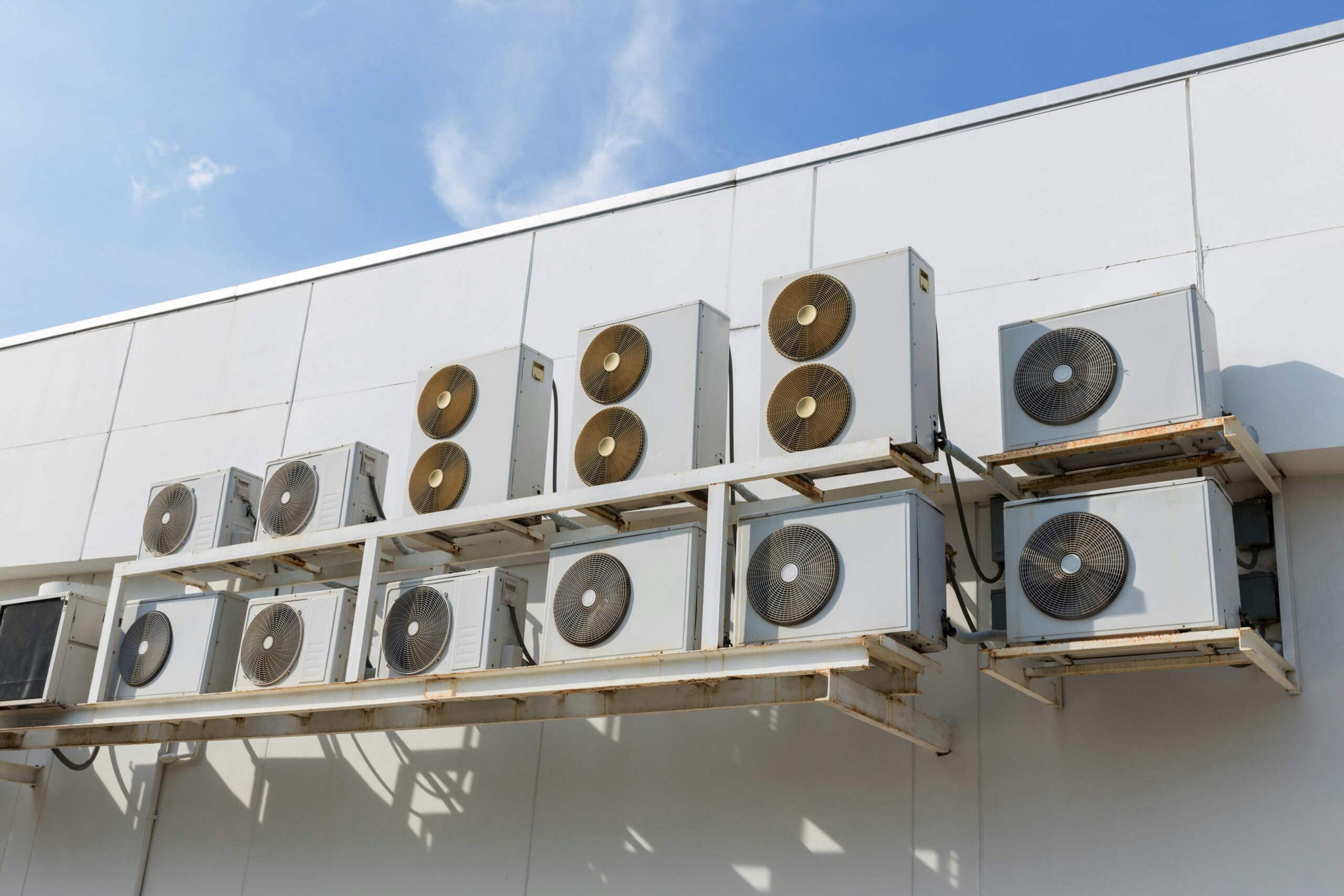
Trakref
How To End the Year Like a Refrigerant Regulations Pro

If you’re reading this blog, you may not consider yourself a refrigerant regulations pro.
You may realize that you have a lot to learn and that your company has a long way to go in terms of leak repair, and addressing ozone-depleting chemicals and Scope 1 emissions for environmental sustainability. We’ve been in the business of helping companies with these exact issues for 25 years here at Trakref, and we’re here to tell you how to up your refrigerant regulations game for 2022.
Refrigerant Regulations Compliance – Why Is It Important?
Knowing refrigerant regulations isn’t just for the idealist anymore.
A recent study by Accenture showed that companies with successful refrigerant regulations planning processes have a competitive advantage in their industry segment because they have better access to funding. It has also been proven that HVAC/R compliance success results in improved equipment performance and lower operating costs – so having a good environmental footprint is good for business.
The idea that compliance with refrigerant regulations requirements is simply a box-checking exercise is outdated. Ensuring your company’s refrigeration and air conditioning are following provisions will ultimately make for a better business.
Following the Department of Justice
At Trakref, we suggest using the Department of Justice’s July 2020 report The Evaluation of Corporate Compliance Programs as a starting point to evaluate your refrigerants systems. Some of the questions the report asks are:
- Do you measure the effectiveness of your compliance program?
- Has your company ever terminated or otherwise disciplined anyone for the type of misconduct at issue?
- Have the disciplinary actions and incentives been fairly and consistently applied across your organization? Does your program have an inspectorate of some sort?
- How has your company assessed whether your policies and procedures have been effectively implemented?
- Do you know when to seek compliance advice? Are you willing to do so? Is your program completely done in-house?
By answering these questions, you can get a sense of how your commercial refrigeration systems are doing and where you may need to make improvements for corporate sustainability.
Know What Is Expected
Having a general understanding of how your company is handling refrigerant tracking isn’t enough, though.
To be a true refrigerant regulations pro, you and your technicians must understand regulations, including those from the EPA (United States Environmental Protection Agency). At Trakref, we’ve been tracking the rule of refrigeration for decades.
Here are a few of the most important rules we think are most important for you to learn about refrigerants.

The 2-50 Rule
In 2017, the EPA launched a rule commonly referred to as the 2-50# rule whereby you have the legal requirement to document the end-of-life disposition for all refrigerants from systems 2 LBS and larger. So, if you shut down a 2 LB self-contained system, you need to document where the refrigerant went. The legal requirements are defined under section 608 for all stationary equipment and 609 for mobile equipment.
The AIM Act
In 2020, the EPA enacted the AIM Act. This act addresses HFCs by providing authority in three main areas: “to phase down the production and consumption of listed HFCs, manage these HFCs and their substitutes, and facilitate the transition to next-generation technologies.”
The Act puts forth new monitoring and reporting requirements, including an annual report on the number of regulated substances produced, imported, and exported, reclaimed, destroyed, consumed, and used as a process agent. The act also puts forth guidelines for production and consumption phase-downs.
You can read the complete text of the act here.
Document Everything for the Environmental Protection Agency (EPA)
The EPA tends to fine people for not documenting activity, rather than for leak rates. So make sure you document everything! As mentioned previously, there are specific aspects that the EPA is interested in seeing documentation on. Make sure that you have a process for this documentation to avoid fines.
Align Your Obligations, Including Leak Repair
Knowing regulations is just one part of the formula of becoming a refrigerant regulations pro. You must also align your team to all be on the same page when it comes to managing refrigerants and sustainability audit questions.
Make sure that you’re meeting to discuss refrigerant management regularly – at least once per quarter is ideal. If you did not host any meetings this year, make it part of your new year’s resolution. On January 1, take 5 minutes to plan out at least one meeting every four months for 2022.
We suggest one of these goals be leak repair. After all, among ozone-depleting emissions, refrigerants are the number one cause of climate change. You can be doing well for both your company and the environment by doing a better job at tracking them.
Another worthy goal is reducing Scope 1 emissions. These emissions include direct greenhouse emissions that occur from sources controlled or owned by an organization – this usually includes refrigerants. These are harmful to the environment, and the EPA is interested in having more companies report on them. Evaluate what you can do to reduce and better document them.
Trakref can help you with making sure your data is accurate, so be in touch with us if you need additional guidance.

Set Goals and Objectives for Refrigeration and Air Conditioning
As you’re looking forward to next year, also ensure you’re evaluating this year. Your compliance strategy should include some measurable goals.
Suggestions include leak inspections (keep them to every 90 days), adding comfort cooling or smaller systems to your tracking program, and reducing corporate leak rates. Also consider engaging construction and improving data entry timing.
Identify Failures and Problems
Every program experiences failure – some major and others minor.
Documenting them and then working toward overcoming these challenges is key for any end-of-year compliance review. Some of the tougher objectives we commonly see discussed in commercial refrigeration disclosure include a list of highest leak rates, gaps in leak inspection, accuracy in asset registry, average days to complete a follow-up inspection, and the number of assets that experienced leaks.
Figure out how these failures and problems configure into your goals for next year.

How Are You Doing?
So where do you rank in being a refrigerant regulations pro? Do you know about regulations, or do you need to review them further? Do you have clear objectives and ideas of how to improve, especially when it comes to ESG reporting, or do you need to write them out?
If you’re a Trakref customer, a lot of what you need to be a pro is already outlined for you in our regulatory compliance software and environmental compliance calendar software. If you’re not a customer and looking to up your refrigeration regulations game next year, get in touch with us. We’ve been a software corporation and environmental software provider for years, and we have the tools you need.



